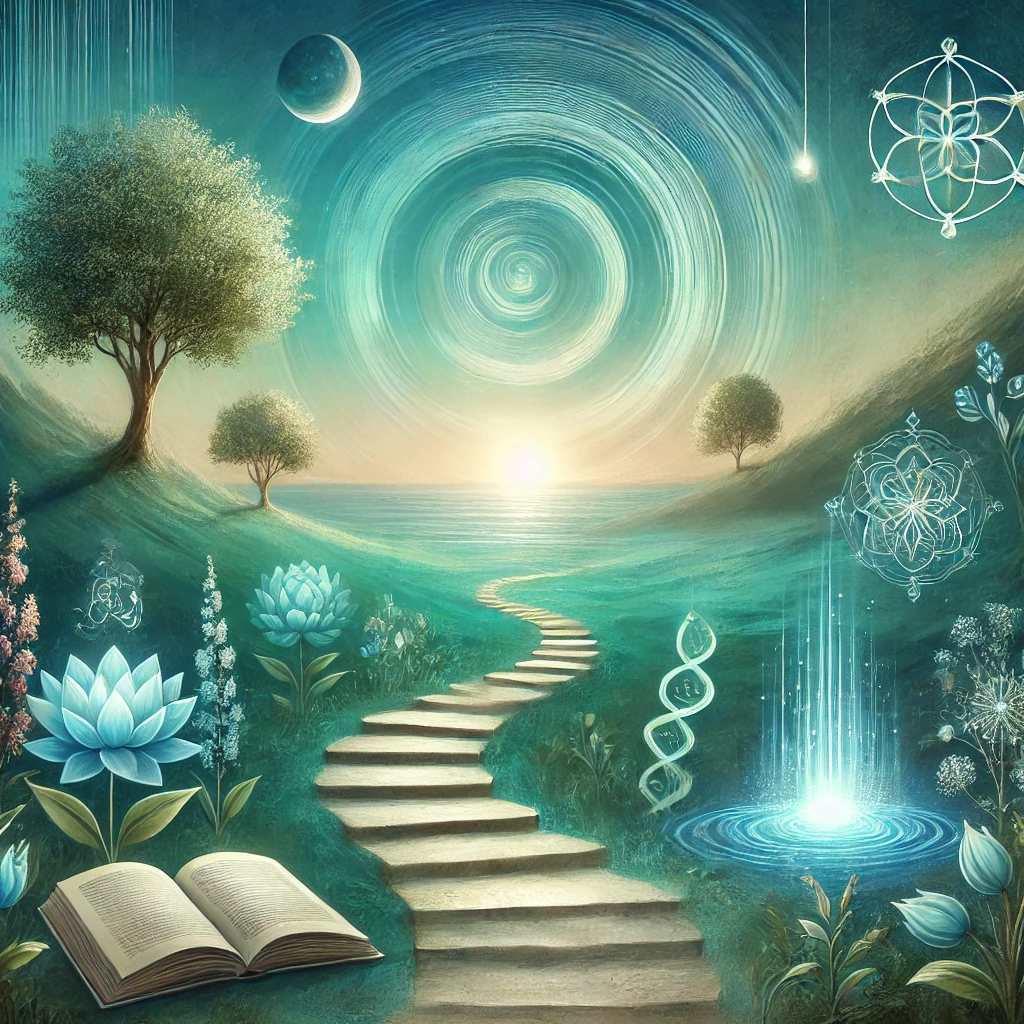
Introduction
When we think about personal growth, we often focus on the goals and milestones we hope to achieve along the way. But what if we took a different approach and asked ourselves: “Who do I want to become at the culmination of my life?” By beginning with the end in mind, we are not talking about death, but about the vision of our fullest, most complete self. What should we aspire to be when we have lived out our purpose, developed our character, and given the best of ourselves to the world?
In this series, we will explore different models of human development, each offering a unique perspective on this idea. These models- drawn from the work of Erik Erikson, Abraham Maslow, Scott Barry Kauffman, and Bill Plotkin – help us reflect on the culmination of our lives and what it means to live fully, deeply, and with intention.
Why Look at the End?
Many of us live day-to-day, driven by short-term goals or immediate needs. But without a long-term vision of who we want to become, we may find ourselves drifting, unsure of whether our actions are truly aligned with our purpose. The idea of “beginning with the end in mind” invites us to envision the ideal version of ourselves – the person we hope to be after years of growth, learning, and experience.
By having a clear sense of that end, we can reverse-engineer our lives to make intentional choices that lead us in the right direction. This process requires reflection, self-awareness, and a willingness to face both our strengths and our limitations. Through this series, we will explore different models that guide us toward this vision of fulfilment.
The Models We’ll be Exploring
Throughout history, thinkers and psychologists have developed various frameworks to explain what it means to reach our full potential. Each model we will explore in this series provides a unique roadmap for personal growth:
Erik Erikson’s Integrity vs. Despair
Erikson’s psychosocial development theory emphasizes that the final stage of life involves reflecting on your experiences and choices. The question is whether we can face the end of life with a sense of integrity -pride in how we’ve liveor fall into despair from regrets and unfulfilled dreams.
Maslow’s Self-Actualization
Abraham Maslow’s hierarchy of needs is well-known, and its pinnacle, self-actualization, represents the achievement of your fullest potential. Maslow’s concept invites us to think about how we can become our most authentic selves by aligning our actions with our passions, values, and strengths.
Scott Barry Kauffman’s Transcendence
Building on Maslow’s work, psychologist Scott Barry Kauffman presents transcendence as the ultimate goal. Rather than focusing solely on individual fulfilment, Kauffman emphasizes the importance of going beyond the self to connect with others, contribute to the greater good, and find meaning in something larger than ourselves.
Bill Plotkin’s Sage in the Mountain Cave
Taking a more spiritual and archetypal approach, Bill Plotkin describes the culmination of life as embodying the wisdom of the Sage, who retreats to the metaphorical Mountain Cave. This archetype represents deep spiritual maturity, wisdom, and a profound connection with life itself.
Why These Models?
The models we will explore offer powerful insights into what it means to live a life of purpose and fulfilment. While they differ in approach, they all highlight key themes: reflection, growth, authenticity, and connection. Each model can serve as a tool for introspection, helping us evaluate where we are on our life’s journey and where we want to go.
By looking at these frameworks, we are encouraged to ask big questions: Are we living in alignment with our highest values? Are we growing into the person we wish to be? What will we leave behind as our legacy? These questions may seem daunting, but they are essential if we want to live deeply and intentionally.
Conclusion and Preview
As we begin this exploration, I invite you to reflect on your own vision of the “end” – not as a final destination, but as the highest point of your development. Who do you want to become as you continue to grow and evolve? What does a life of fulfilment look like to you?
In the upcoming articles, we will dive deeper into each of the models mentioned, starting with Erik Erikson’s concept of Integrity vs. Despair. This will provide a foundation for understanding how reflection and life choices shape our sense of fulfilment as we age.
Stay tuned as we explore what it means to “begin with the end in mind” and how these powerful models of human development can help guide you toward your best self.
If this article has sparked questions about the kind of person you hope to grow into, take the next step with my free guide Walking the Soulful Path. You’ll also receive my monthly newsletter, with fresh insights and resources to help you align your daily choices with the vision of who you want to become.
